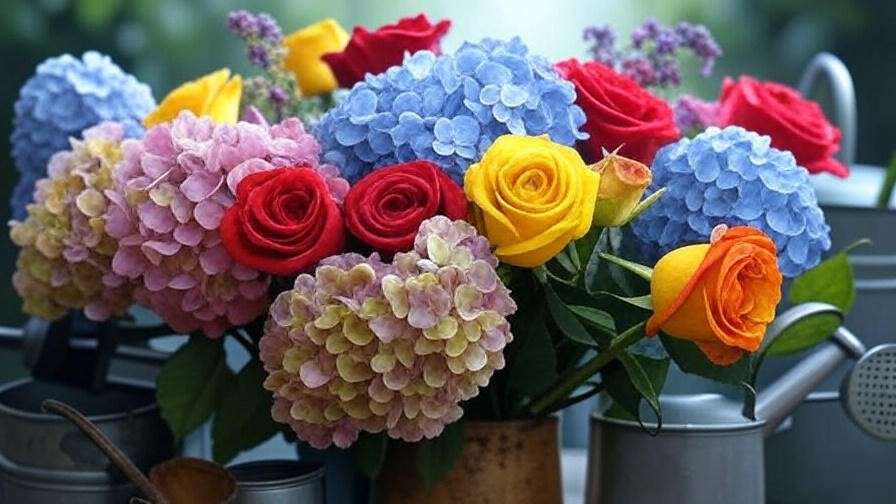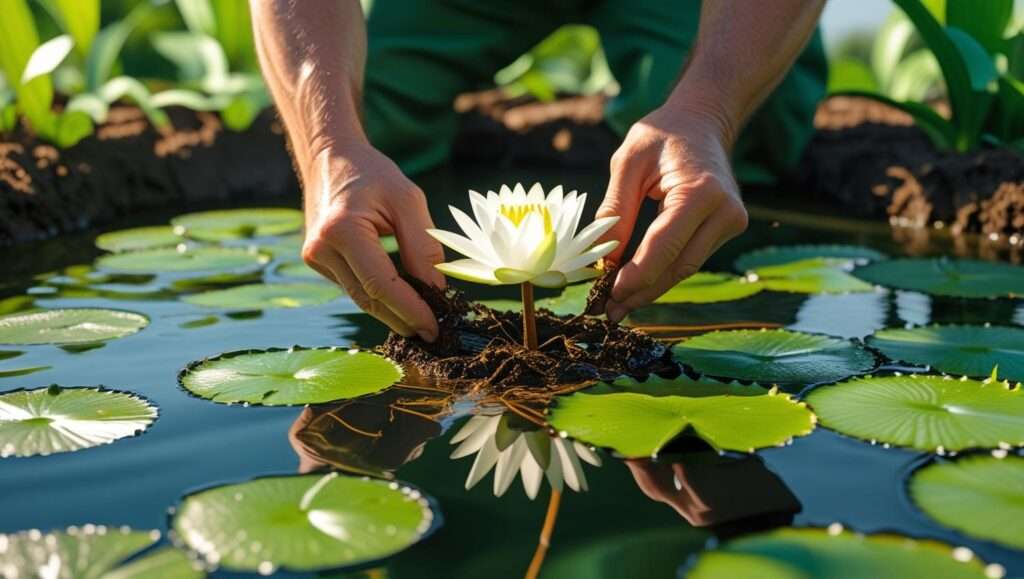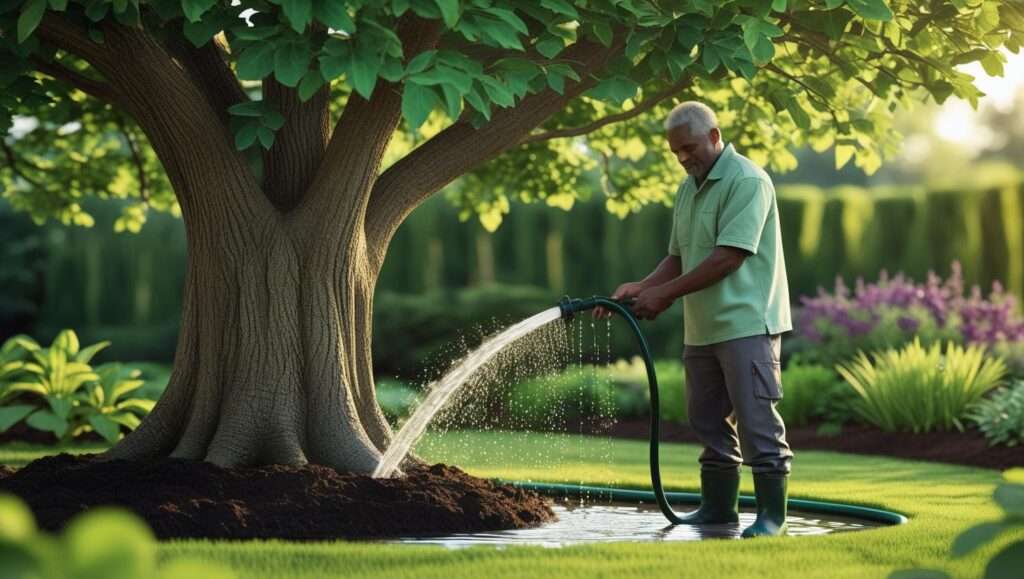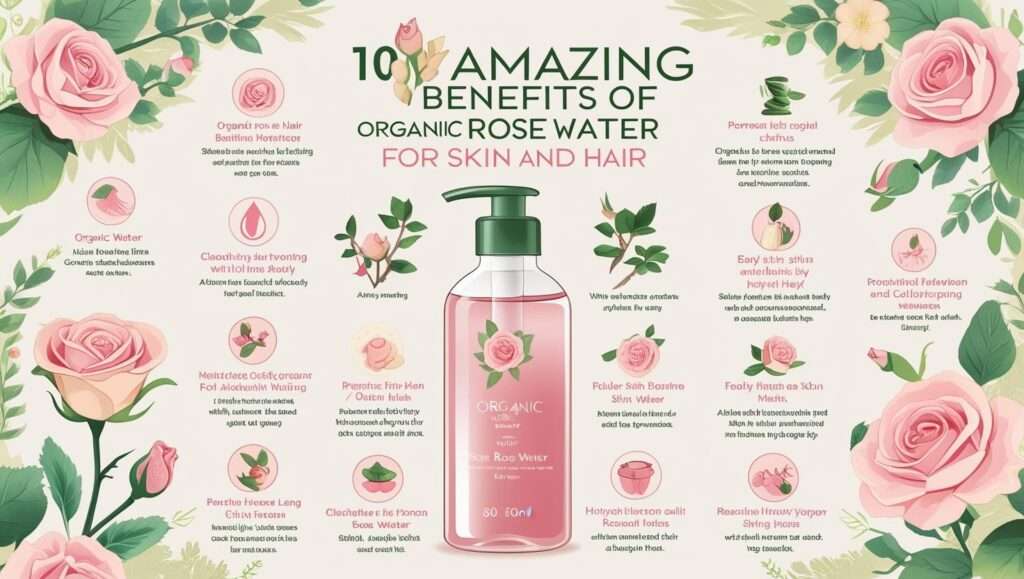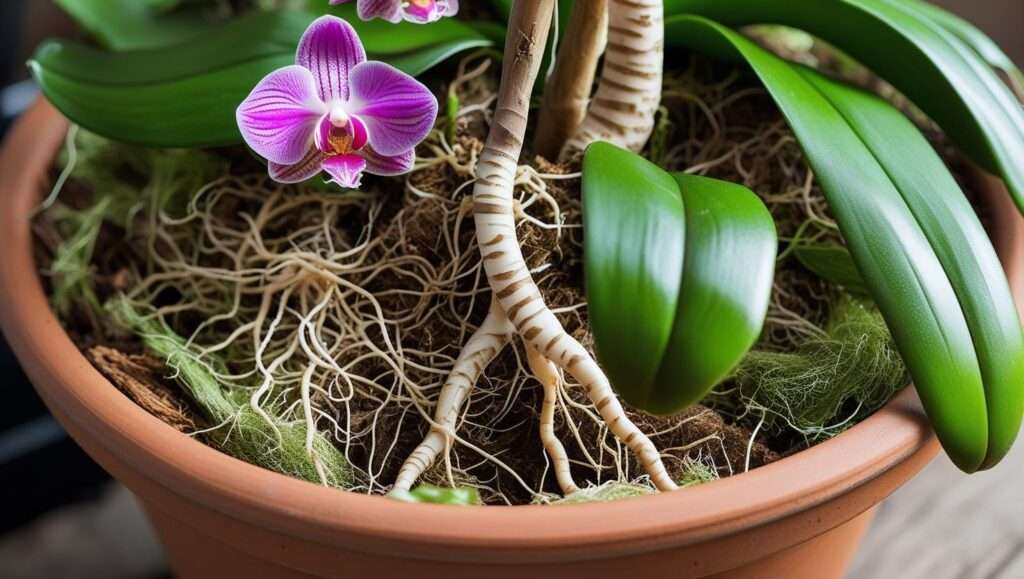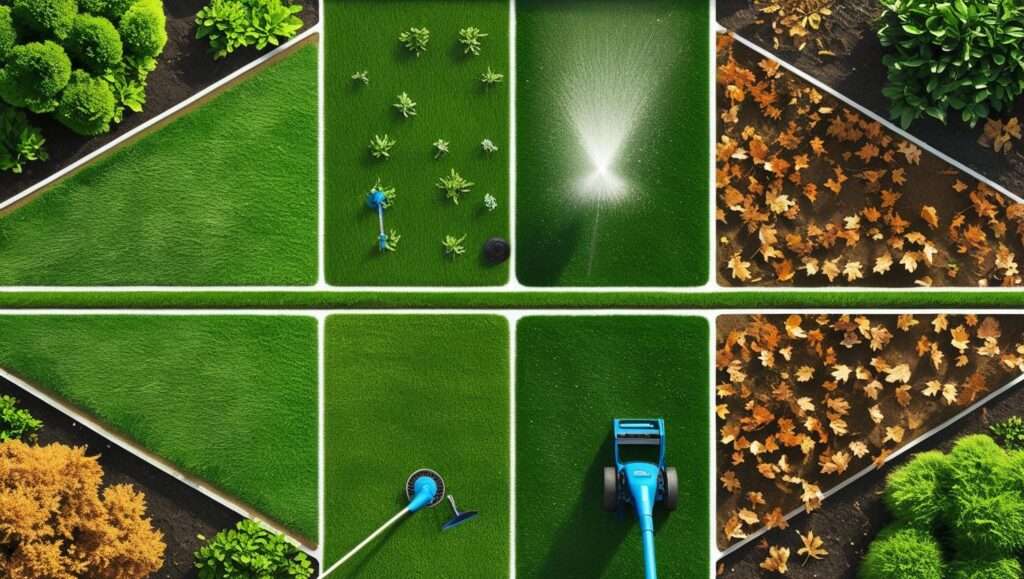Picture this: You’ve just received a vibrant bouquet of roses for a special occasion, or you’ve spent hours tending to your garden’s blooming peonies, only to find them drooping by day’s end. The culprit? Lack of water. Whether you’re a gardener, a florist, or simply a flower enthusiast, understanding how long flowers can go without water is crucial to keeping them fresh and vibrant. Flowers bring joy, elegance, and life to any setting, but their beauty fades quickly without proper care. In this comprehensive guide, we’ll dive into the science behind flower hydration, reveal how long different blooms can survive without water, and share expert-backed strategies to prevent wilting. Backed by insights from horticulturists and florists with decades of experience, this article will equip you with practical tips to ensure your flowers stay stunning, whether for a wedding, transport, or home display.
Understanding How Flowers Survive Without Water
Why Water Is Critical for Flower Health
Water is the lifeblood of flowers, maintaining their turgidity—the firmness that keeps petals perky and stems upright. Through their vascular system (xylem), flowers absorb water and nutrients, which are essential for photosynthesis and cell health. Without water, flowers lose turgor pressure, leading to wilting, drooping petals, and eventual death. According to Dr. Susan Han, a horticulture expert at the University of Massachusetts, “Water stress in cut flowers triggers rapid ethylene production, accelerating senescence.” This means that even a few hours without water can cause irreversible damage to delicate blooms.
Factors That Affect How Long Flowers Can Go Without Water
Several variables influence a flower’s ability to survive without water:
- Flower Type: Hardy blooms like carnations have lower water needs, while delicate hydrangeas require constant hydration.
- Environmental Conditions: High temperatures, low humidity, and direct sunlight accelerate water loss, shortening survival time.
- Stage of Bloom: Freshly cut flowers withstand water deprivation better than fully bloomed ones, which are already expending more energy.
- Storage or Transport Conditions: Proper packaging, cooling, and air circulation can significantly extend a flower’s waterless lifespan.
For example, a rose in a cool, shaded environment may last longer than one left in a hot car. Understanding these factors helps you take proactive steps to preserve your flowers.
General Timeframes for Flowers Without Water
How long can flowers go without water? The answer varies by species and conditions. Below is a general guide for popular flowers under typical conditions (moderate temperature, no direct sunlight):
| Flower Type | Time Without Water |
|---|---|
| Roses | 6–8 hours |
| Carnations | 8–12 hours |
| Hydrangeas | 1–3 hours |
| Lilies | 6–10 hours |
| Tulips | 4–6 hours |
| Orchids | 12–24 hours |
Note: These are approximate timeframes. Extreme heat or poor handling can reduce survival time significantly. Research from the Society of American Florists (SAF) emphasizes that proper pre- and post-care can extend these durations.
How Long Can Specific Flowers Go Without Water?
Hardy Flowers (e.g., Carnations, Chrysanthemums, Alstroemeria)
Hardy flowers like carnations, chrysanthemums, and alstroemeria are the marathon runners of the floral world. Their thick petals and lower water requirements allow them to survive 8–12 hours without water under optimal conditions (e.g., 50–60°F, moderate humidity). Carnations, for instance, have waxy petals that reduce transpiration, helping them retain moisture longer. Florists often choose these blooms for events like weddings or funerals, where water access may be limited for hours. A 2023 study from the American Society for Horticultural Science found that chrysanthemums can maintain turgidity for up to 10 hours without water if pre-treated with a floral preservative.

Delicate Flowers (e.g., Hydrangeas, Peonies, Gardenias)
Delicate flowers like hydrangeas, peonies, and gardenias are far less forgiving. Hydrangeas, with their large, water-hungry blooms, often wilt within 1–3 hours without water, especially in warm conditions. Peonies and gardenias fare slightly better, lasting 3–5 hours, but their soft petals and high metabolic rates make them prone to rapid wilting. Florist Emily Thompson, owner of a renowned New York floral studio, advises, “For hydrangeas, misting the petals and keeping them cool can buy you an extra hour or two, but rehydration is critical.” These flowers demand immediate attention to prevent irreversible drooping.
Tropical and Exotic Flowers (e.g., Orchids, Anthuriums)

Tropical flowers like orchids and anthuriums have unique adaptations that allow them to endure longer without water—sometimes 12–24 hours. Orchids, for example, store water in their thick leaves and pseudobulbs, while anthuriums’ waxy spathes reduce moisture loss. These traits make them ideal for long-distance shipping. A case study from a Hawaiian flower farm revealed that orchids shipped in dry-pack conditions (no water) arrived fresh after 18 hours, thanks to careful cooling and packaging. However, even these resilient blooms benefit from prompt rehydration upon arrival.
Practical Tips to Prevent Wilting Without Water
Pre-Transport Preparation
Proper preparation before a waterless period can make all the difference. Here’s how to set your flowers up for success:
- Cut Stems Properly: Trim stems at a 45-degree angle with a sharp, clean knife or shears. This maximizes the surface area for water uptake once rehydrated. Avoid crushing stems, as this damages vascular tissue.
- Hydrate Thoroughly: Soak flowers in room-temperature water with a floral preservative for 4–6 hours before transport. Preservatives provide sugars for energy and biocides to prevent bacterial growth.
- Seal Stems: For delicate flowers, dip cut ends in melted wax or wrap them in floral tape to slow water loss. This is especially effective for roses and peonies.
During Transport or Waterless Periods
When water isn’t available, these techniques can extend flower freshness:
- Keep It Cool: Store flowers in a cool environment (50–60°F) to slow metabolic processes. A portable cooler works well for transport.
- Mist Delicate Blooms: Lightly mist hydrangeas or peonies with water to maintain humidity, but avoid soaking, which can promote rot.
- Use Water Tubes or Damp Wraps: For short-term transport, place stems in water-filled floral tubes or wrap them in damp cloth or paper towels. Secure with a plastic bag to trap moisture.
Post-Deprivation Rehydration
Once water is available, act quickly to revive your flowers:
- Recut Stems: Trim 1–2 inches off the stem under water to remove air bubbles that block xylem. Use lukewarm water for best results.
- Use Floral Preservatives: Add a commercial preservative or a DIY mix (1 tsp sugar, 1 tsp bleach, and 2 tsp lemon juice per liter of water) to the vase to nourish and protect flowers.
- Gradual Rehydration: Avoid shocking flowers with ice-cold water. Use room-temperature water and let flowers sit in a cool, shaded spot for a few hours.
Expert Insights: Maximizing Flower Longevity
Horticulturist Dr. Michael Reid, a leading researcher in postharvest flower care, emphasizes the importance of preparation: “Pre-treating flowers with hydration solutions and maintaining a cool chain can double their waterless survival time.” Innovations like water-retaining gels and advanced packaging films are transforming the floral industry. For example, some florists use hydrogel beads to keep stems hydrated during transport. The SAF also recommends “dry-pack” techniques for hardy flowers, where blooms are packed tightly in breathable materials to minimize moisture loss without water.
Common Mistakes to Avoid When Flowers Lack Water
Even with the best intentions, simple mistakes can shorten the lifespan of your flowers during waterless periods. Here are the most common pitfalls and how to avoid them:
- Mistake 1: Leaving Flowers in Direct Sunlight or Heat
Exposure to sunlight or high temperatures accelerates transpiration, causing flowers to lose water rapidly. For example, a bouquet left in a hot car can wilt in under an hour. Solution: Always store flowers in a shaded, cool environment (ideally 50–60°F). If transporting, use a cooler or insulated bag to maintain a stable temperature. - Mistake 2: Failing to Recut Stems After Transport
After hours without water, air bubbles can form in the xylem, blocking water uptake when flowers are rehydrated. Solution: Recut stems at a 45-degree angle under water to restore water flow. This small step can revive wilting blooms like roses or lilies within hours. - Mistake 3: Overcrowding Flowers
Packing flowers too tightly during transport or storage restricts air circulation, increasing humidity and the risk of fungal growth or rot. Solution: Space flowers out in breathable packaging, such as perforated boxes or loose wraps, to ensure adequate airflow.
By avoiding these errors, you can significantly extend the freshness of your flowers, even in challenging conditions.
Real-World Applications: When Water Isn’t Available
Weddings and Events

Weddings and events often require flowers to look pristine for hours without water, from bouquets to centerpieces. Florists face the challenge of keeping blooms vibrant during long ceremonies or outdoor receptions. For instance, during a summer wedding, a florist might use hardy carnations for boutonnieres, which can endure 8–10 hours without water, while hydrangea centerpieces require water tubes or frequent misting to survive a 4-hour event. Pro Tip: Florist Sarah Miller shares, “For outdoor weddings, I pre-hydrate flowers overnight and use portable coolers to keep them fresh until the last moment.”
Flower Transport and Shipping
The floral industry relies on sophisticated techniques to ship flowers across continents without water. Commercial growers use refrigerated trucks (maintained at 34–40°F) and dry-pack methods, where flowers are wrapped tightly in breathable materials to minimize moisture loss. For example, roses exported from Ecuador often travel 24–36 hours without water, arriving fresh due to precise cooling and packaging. Home gardeners can mimic this by wrapping stems in damp paper towels and storing them in a cooler during transport to a local market or event.
Gardening and Harvesting
Gardeners harvesting flowers from their backyard face similar challenges. Cutting zinnias or sunflowers for indoor arrangements requires careful timing and handling. Harvest early in the morning when flowers are most hydrated, and immediately place stems in water. If you need to transport them (e.g., to a farmers’ market), wrap stems in damp cloth and store in a shaded, cool container. A gardener in California shared, “I cut my sunflowers at dawn, wrap them in wet burlap, and they stay fresh for a 6-hour market day without a vase.”
FAQs About Flowers and Water Deprivation
Q1: How long can roses go without water?
Roses typically last 6–8 hours without water in moderate conditions. Pre-hydrating with a floral preservative and keeping them cool can extend this to 10 hours.
Q2: Can wilted flowers recover after being without water?
Yes, many flowers can recover if rehydrated promptly. Recut stems under water and place them in a preservative solution. However, severe wilting (e.g., after 12+ hours for delicate blooms) may be irreversible.
Q3: What’s the best way to transport flowers without water?
Wrap stems in damp cloth or use water tubes, store in a cooler, and avoid direct sunlight. For delicate flowers, mist lightly to maintain humidity.
Q4: Do some flowers need less water than others?
Yes, hardy flowers like carnations and chrysanthemums require less water than delicate blooms like hydrangeas or peonies due to their structure and lower transpiration rates.
Q5: How can I tell if my flowers are too far gone to revive?
Look for signs like brittle stems, discolored petals, or a mushy texture at the stem base. If petals are severely drooping and don’t perk up after 2–3 hours in water with a preservative, the flowers may be beyond saving.
Conclusion
Understanding how long flowers can go without water is a game-changer for anyone passionate about gardening, floral design, or simply enjoying fresh blooms at home. From hardy carnations that endure up to 12 hours to delicate hydrangeas that wilt in just a few, the survival time of flowers depends on their type, environmental conditions, and how well you prepare them. By following expert-backed strategies—like proper stem cutting, pre-hydration, cool storage, and prompt rehydration—you can keep your flowers vibrant for longer, whether for a wedding, transport, or a home arrangement. Put these tips into action the next time you handle a bouquet or harvest from your garden, and watch your flowers thrive. Have a favorite flower-preserving trick? Share it in the comments below—we’d love to hear your story!

